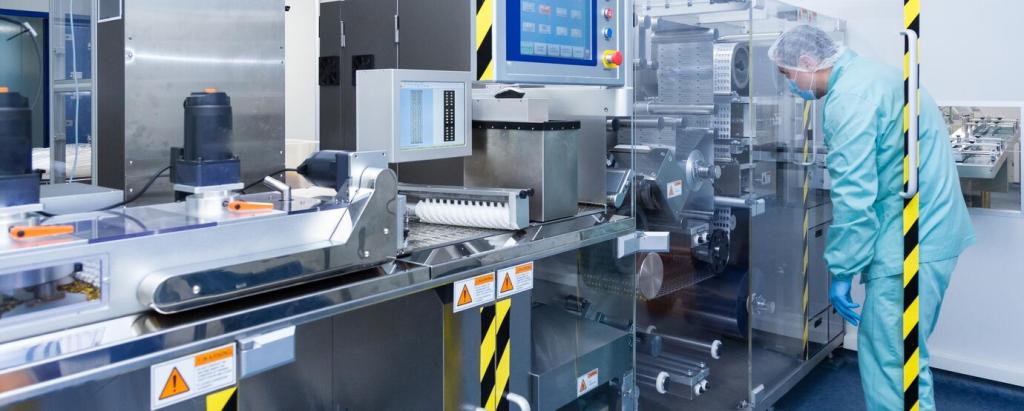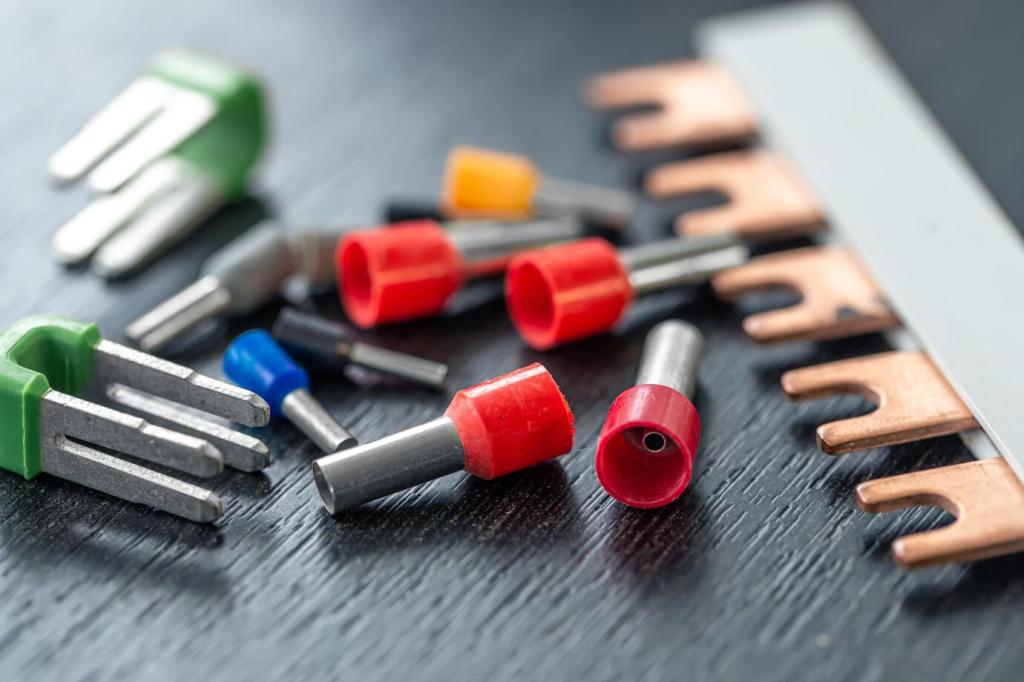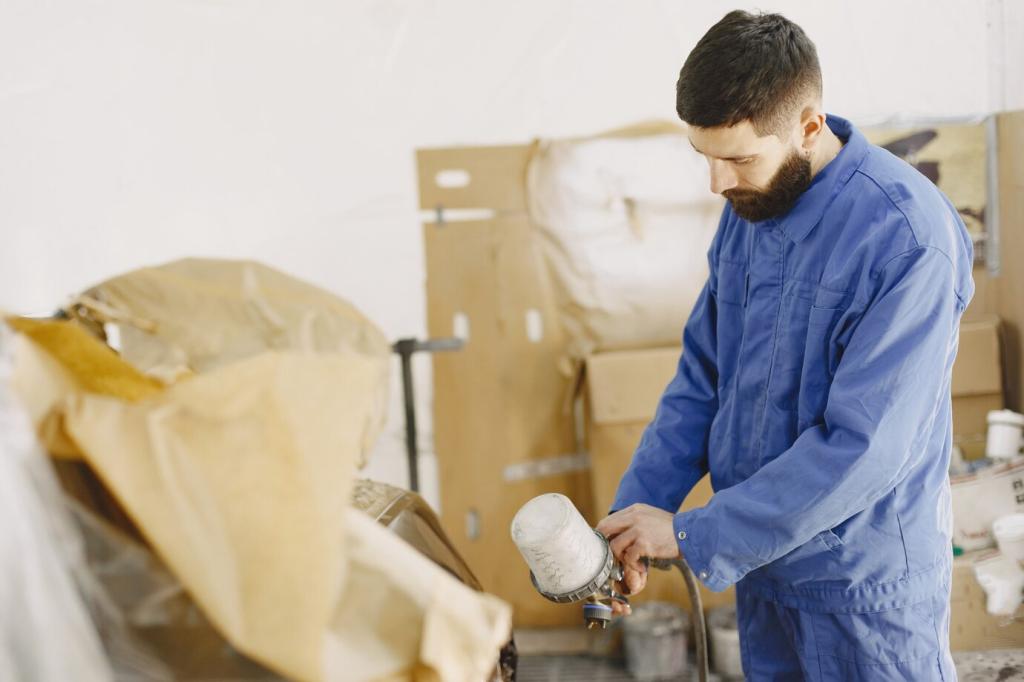Thermometers and Calibration: Trustworthy Numbers or Just Noise?
Check your probes in ice water and boiling water to verify accuracy. Note local boiling point based on elevation. Record offsets in your logbook so you can mentally correct readings mid-cook without guessing or overreacting to phantom fluctuations.
Thermometers and Calibration: Trustworthy Numbers or Just Noise?
Clip pit probes at grate height near the meat, but not too close to cold protein or direct radiant heat. Protect cables from sharp lids and hot edges. Good placement means fewer surprises and smoother adjustments when temperature drifts appear.






